The Future of Interior Design: Where It’s Going. How Do You Prepare?

Notes from the lecture by, Charles Pavarini III October 2, 2019
1. Smart Home
Integration of systems controlled by a mobile device: Window shades, HVAC, security/front door, audio, kitchen appliances, surfaces that double as screens.
Includes products that heat up, light up, change color, follow circadian rhythm ADA – new features will be helpful to elderly and handicapped
Motion recognition software controls the home thru motion of hands
Nest Smart Home Products
Tuler Tipic Kitchen Integrated Smart Kitchen
2. New Materials- 3-D printing, including whole houses
Ventury 3-D Printed Chairs
Rapid prototyping reduces lead time and development costs, New shapes and details are that have never been achievable, now are, with this process
Energy efficient materials and equipment
Glass: heats up & lights up, provides privacy with the flip of a switch
Privacy Glass
Carpets light up, surfaces turn into computer screens
Lama Concept LED Carpet
Thermo Fabric
New resins like Corian which is thermoplastic and can be formed into new shapes and also light up
Corian as Lighting and Intricate shapes
LED lighting innovations rapidly improve their efficiency and features
OLED films. Can be merged with many surfaces to create integrated lighting
Lumina Blade OLED Lighting
3. Social Media: here to stay and helps find new millennial clients
SM will be more polished – creators will do photo shoots to show their brands, more art direction to inspire and attract clients and create their brand
Tags on Instagram will connect you to vendors and also to clients
Method to build your “list” and outreach to attract clients
4. Branding – Business plans
Solo practitioners: outsource jobs to survive
Monetize your blog- advertisers
Today’s “I want it now” mentality, quick ship programs with some customization will be the way of the future. The lead times will need to be shorter and shorter
Study where your money goes in your business. You have to spend money to operate your business and that must be a part of the equation when figuring out your profitability
Website: Get your online space together. Still important to bring people to your website and work on a marketing plan that you can execute
Digital Design: Modsy, Laurel & Wolf, Decorist, Havenly
Seemed to be a wave of the future but Homepolish imploded this week so the business model will have to be analyzed before committing to a partnership with a web service
Possible failures: Designers never meet the client or the space, end results are very cut and paste without flair – ok for clients who can’t afford the whole designer experience. Better than they can do alone
Difficult method for designers and vendors to make money. Control of business is out of the designer’s hands
Virtual reality and augmented reality: Show clients a virtual walk around tour of the proposed space. Test out dozens of finishes with a click of a button. Downside: very expensive software and training and also requires a powerful computer. Augmented reality is slightly more accessible as it overlays the virtual over the real
6. What Works Now
Originality
Important to stand out (branding) and offer unique services
Document and get paid for your time and intellectual property
Artisans, craftsmanship, one-of-a-kinds, is a good way to show individuality
Antiques will make a comeback; also good way to incorporate unique items into a space
Millennials:
Most new clients will be millennials who will want to collaborate, expect speed, will communicate and do their own shopping/research digitally
Millennials think sustainable design and products that donate to charities are important – Upcycling furniture, buying local and actively seeking energy-efficient materials
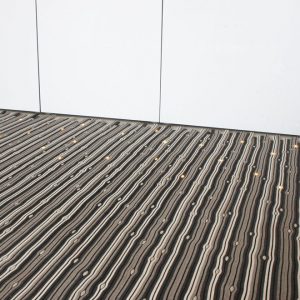
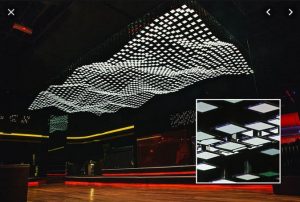
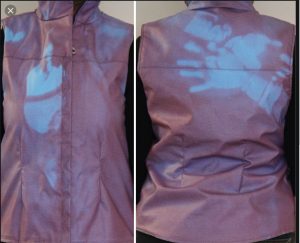
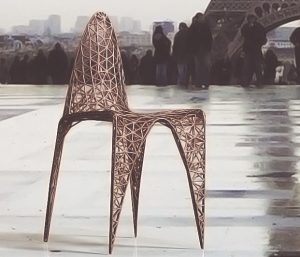
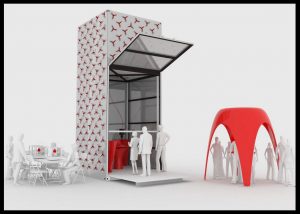
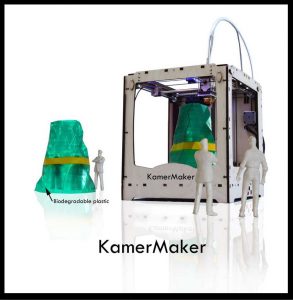
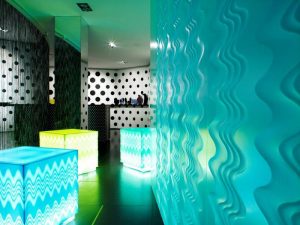
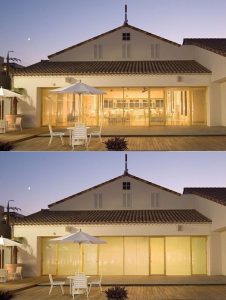

###
